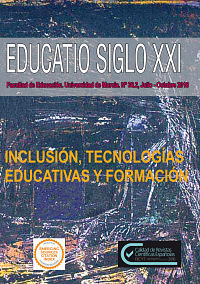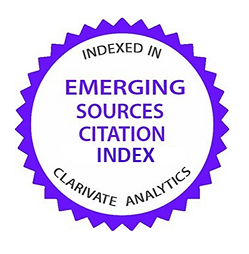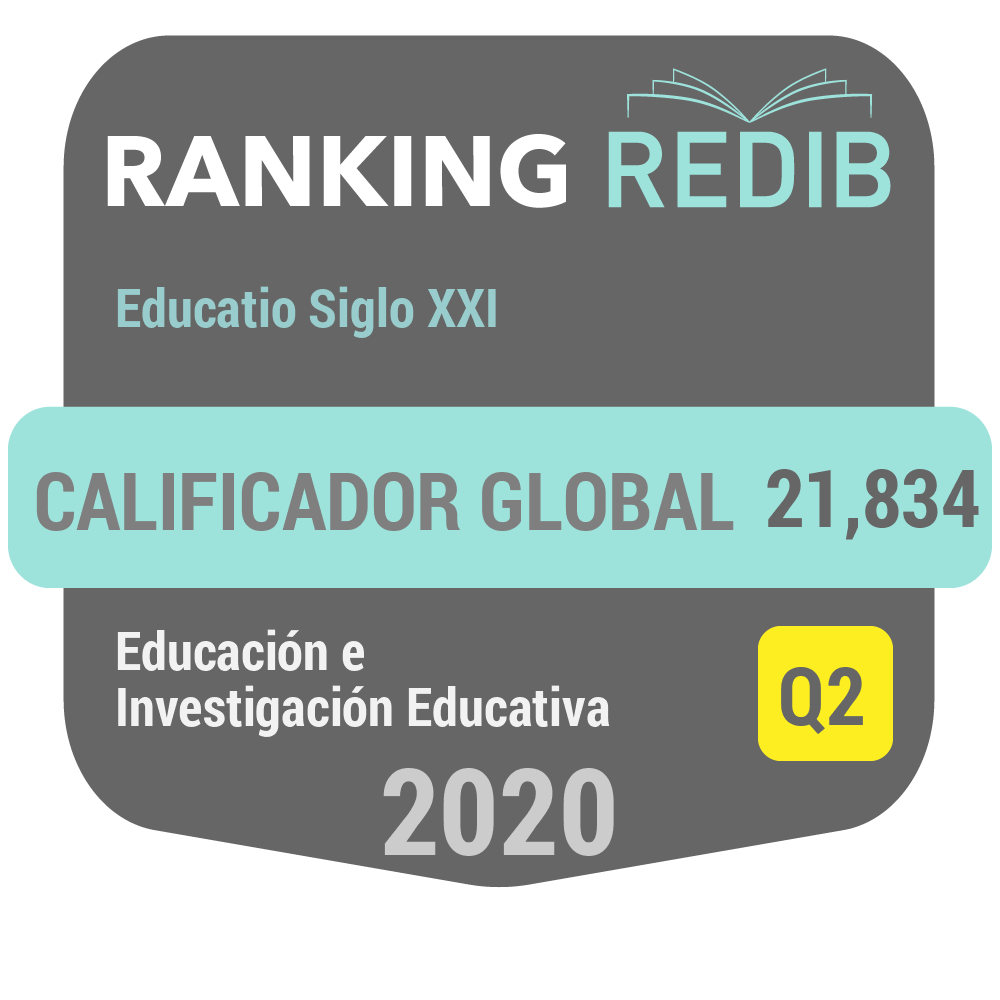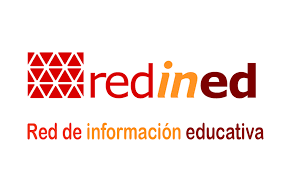From Earlier School Leaving to Educational Re- engagement: a Narrative Study with Biograms
Abstract
The study explores the motives that, ac-cording to the students themselves, have
led them in the past to a trajectory that
culminated in early school leaving. Based
on this general objective, the study carried
out has an exploratory and heuristic na-
ture and adopted a qualitative methodo-
logy in order to obtain knowledge linked
to the experience, meaning and context of
the protagonist subjects. To do this, and within the framework of a single case
study, we have used semi-structured inter-
views in depth with the young students be-
longing to the Escuela de la Construcción
in Ceuta, which offers training itineraries
for the socio-labor insertion of people in
situation or risk of social exclusion. This
procedure has allowed us to collect infor-
mation about the trajectory of the students
until they were admitted to the center. The
stories were subjected to narrative analy-
sis and the results adopted the biogram
format, using categories referring to vital
stages and scope that allow for the accom-
modation of the singularities associated
with each personal situation. The findings
suggest that the resumption of the formati-
ve trajectory depends not only on training
itself but also on the previous trajectory of
the subjects. Reasons pushing students to
abandon their education come both from
the education centers and from outside
them and that both types of reasons will
also have an impact on the subsequent de-
cision to resume their training.
Downloads
-
Abstract761
-
PDF (Español (España))722
Original work publishes in this journal is subject to the following terms:
1. Murcia University Press (the publishing house) holds the copyright of the publishes work, and favours and allows their reutilization under the use license stated in point 2.
© Servicio de Publicaciones, Universidad de Murcia, 2015
2. Work is published in the electronic edition under a license (Creative Commons Reconocimiento-NoComercial-SinObraDerivada 4.0 España (legal text). They can be copied, used, disseminated, transmitted and publicly presented, as long as: i) authorship and original publication source is acknowledged (journal, publishing house and URL of the work); ii) are not used for commercial purposes; iii) the existence and specifications of this use license is stated.
3. Conditions for self-archive. Authors are allowed and encouraged to disseminate electronically the pre-pint (before review) and/or post-print (accepted for publication) versions of their work before their publication since that favours earlier circulation and dissemination resulting in an increased chance for the authors to be cited and for the work to reach a bigger share of the academic community. Colour: RoMEO: green.







